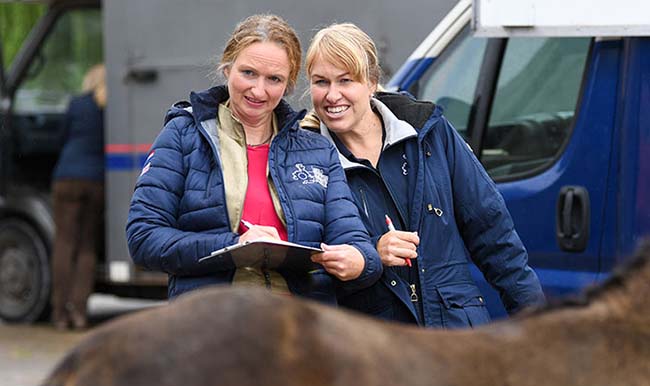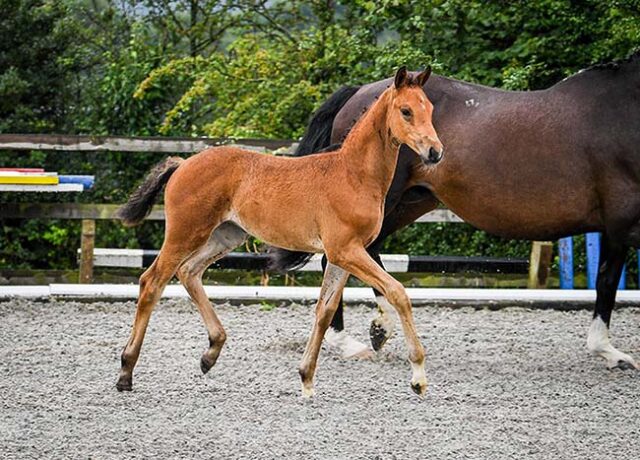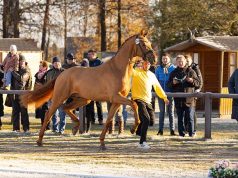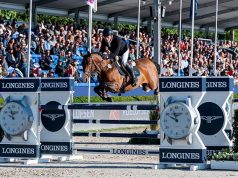By Eva Maria Broomer / AES
Photography: Horsepower Creative
As we are looking forward to meeting our 2022 crop of AES foals, it is time to think about our mare and foal gradings. Our inspections differ from those carried out by some of the other studbooks, so we thought it would be useful to explain the process.
We are proud to have developed a detailed and informative linear evaluation system for mares and youngstock based on years of industry experience and international cooperation. The purpose of this is to give our breeders useful feedback and advice that will enable them to make refined and informed breeding decisions, and to give them the recognition they deserve for their great achievements. It also gives us very useful data as we will be able to see what traits particular stallions (and let us not forget the mares!) are likely to pass on to their offspring.
Alongside the evaluation system we have developed our public database to display each profile on the horse’s database entry, turning it into a highly valuable research resource and providing maximum transparency.

assessing conformation
What happens at a mare and foal grading?
Every AES UK grading, be that a mare, a young horse or a foal, consists of a number of steps that allow us to give you a detailed profile of your animal:
• The assessment on hard ground: First of all, we will need to see every horse on hard ground, even the mares and foals. This allows us to look at details such as feet and soundness that could be more difficult to see on a soft surface. Correctness and soundness are the cornerstones of our studbook’s mission to promote the breeding of successful and happy athletes!
• Limbs: You will be asked to stand your horse side-on for the evaluators to see. Please do not be alarmed when the evaluators start to walk around the horse. This is because we will look at all the angles of the legs from side-on, as well as from the front and from behind. Occasionally we will ask you to move the horse forward or backward a step. The evaluators will check the angles of the limbs, as well as the symmetry between left and right. These are important indicators for soundness and the ability of the horse to function as an athlete... To read the complete article you need to be a subscriber
CLICK HERE TO SUBSCRIBE TO BREEDING NEWS
SUBSCRIBERS CAN READ THE COMPLETE ARTICLE BY LOGGING IN AND RETURNING TO THIS PAGE




